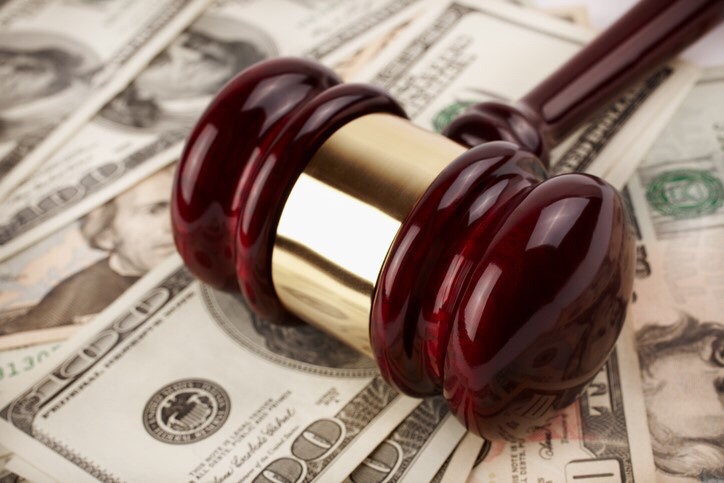The Challenge of Large Verdicts
At the 2019 Advisen Casualty Insights Conference, a panel discussed the causes of the increasing frequency of high severity losses. The speakers were:
- Jonathon Drummond – Head of Casualty Broking North America, Willis Towers Watson (moderator)
- Gregory Katz – New York Managing Partner, Lewis Brisbois
- Russell Smith – SVP North America Casualty Claims Leader, Chubb
- Tiger Joyce – President, ATRA
- Bob Shine – CUO Casualty North America General Insurance, AIG
In 1989 there was a large auto accident settlement that involved 21 deaths. This claim settled for $156 million and for many years it was the bellwether when it came to potential exposure from personal injury claims. Now we are seeing multiple awards every year above this amount that only involve a single claimant. The value of the top 50 verdicts in the US have doubled over the last five years.
Auto liability made up half of the top 10 verdicts for 2018. These awards ranged from a low of $67 million to a high of $1 billion. All these were single person claims.
Key drivers to toxic legal environment:
- Lottery effect / desensitized jury pools (focused on big numbers).
- Admittance of junk science as expert evidence.
- Forum shopping.
- Increased frequency of punitive awards. In the last 5 years there has been a 200% increase in punitive awards from juries.
- Liberal class action certification.
- Highly organized plaintiffs bar leveraging aggressive tactics and sharing data.
One of the biggest factors in these large awards is venue and forum shopping. This impacts not only the jury pool, but what experts the courts will allow. Look at the recent talc litigation with Johnson & Johnson. The same issue was litigated in New Jersey and St. Louis. In New Jersey, the plaintiff’s expert witness testimony was tossed out and the defense won. That same evidence was allowed in St Louis and resulted in verdicts over $100 million.
Another issue is the “marketing” efforts by trial attorneys. Attorneys run advertisements seeking potential claimants which results in defendants facing the same cases over and over. Even if they win repeatedly the costs are tremendous and the exposure if they lose is in the hundreds of million dollars. Their advertising also talks about the large verdicts they have obtained and when the jury pools see those advertisements they feel like those large awards are “normal”.
We are seeing more cases where plaintiff’s are making outrageous demands with the hope of getting 25% of that demand. The claim is not worth even what they hope to recover, but the high demands in front of the jury create exposure the jury will agree with their evaluation. It pays for the plaintiff’s attorneys to make outrageous demands.
The focus of juries is not just on compensating the plaintiff but also punishing the defendant. Juries want to award something that “hurts” the defendant so they will give awards that are well beyond the value of the case on it’s merits.
If you are premise owner, juries are holding you to an impossible standard of liability. For example, a recent case with a shooting in a store parking lot resulted in a verdict over $80 million. The jury apportioned only 14% of the liability to the shooter and the rest to the property owner. These types of situations are happening repeatedly all over the country.
In 2017 the US Supreme Court issued a ruling to try and cut down on forum shopping on cases as they saw this as abusing the litigation system. However, this ruling does not mean that courts around the country will follow it. We are still seeing courts reject the tenants of that Supreme Court ruling to find that venue in their courts is appropriate.
The last few years, there has been legislation around the country to extend statutes of limitations in a variety of ways. This completely changes the cost analysis of carriers because it creates exposures for claims well beyond what was originally contemplated in the underwriting of the policies. We are seeing a volume of cases arising from these statute of limitations changes that is well beyond what has ever been seen before.


